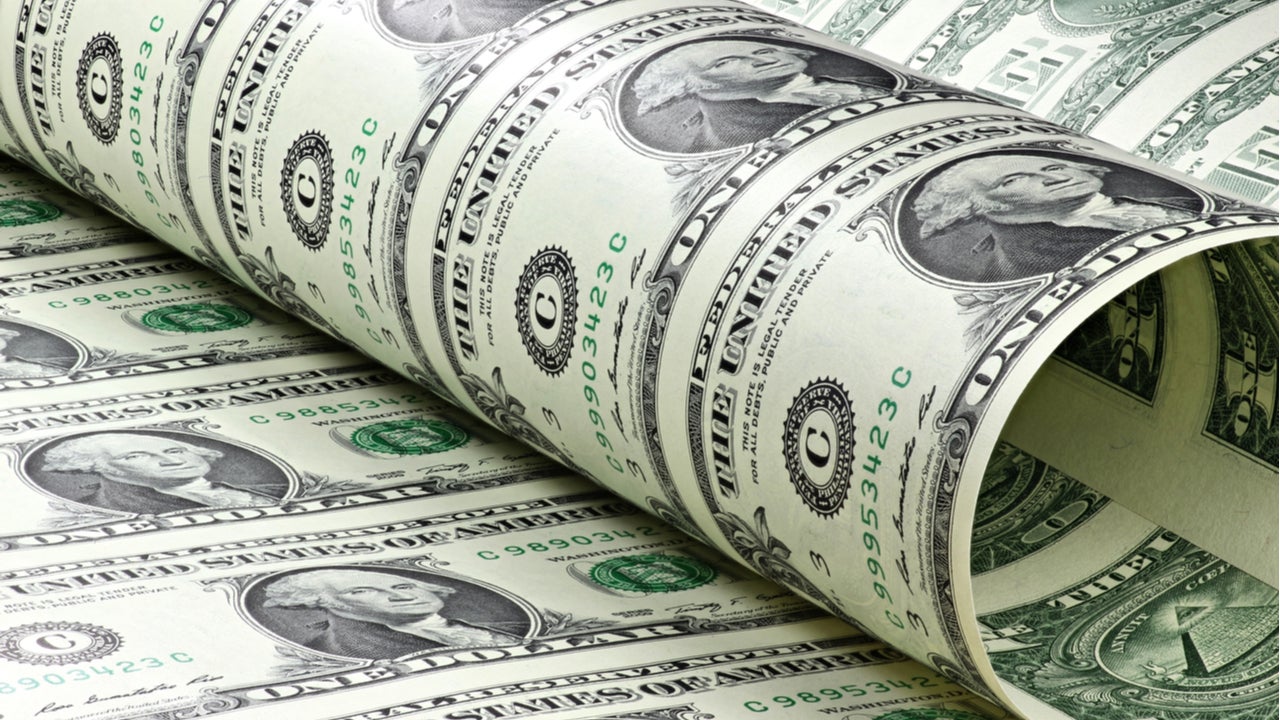Economists believe that central banks are actively engaging to attack the structurally low inflation, which can dampen future economic growth. As a result, the monetary policy strategy has been revised with a similar objective but a fundamental difference.
Ugo Panizza
Ugo Panizza, an economist and professor of International Economics and Pictet Chair in Finance and Development at the Graduate Institute of International and Development Studies in Geneva, retweeted an article by Angel Ubide, an expert on central banking and managing director and head of economic research in Global Fixed Income at Citadel, on some reflections on monetary policy during Covid-19 and what it means for the future.
Ubide explains that while the US Federal Reserve wants to attack, the European Central Bank (ECB) wants to defend. The volume published in the Center for Economic and Policy Research in London and the International Center for Monetary and Banking Studies in Geneva highlights the actions of 16 central banks, from developed and emerging countries, during the Covid-19 pandemic and analyses the similarities, differences, and lessons learned.
The Covid-19 pandemic forced many central banks to raise the inflation after a decade long below target low. It induced a different kind of recession that required an unprecedented reaction from central banks. Short-term interest rates fell dramatically in both developed and emerging economies during the pandemic. Central banks, as a result, were forced to introduce new measures to support additional segments of the economy as markets seized and economic activity disappeared overnight.
In the aftermath of the Euros, some reflections on monetary policy during Covid and what it means for the future, with some football (soccer) references. The new monetary policy is open minded, flexible, and mostly attacks, rather than defend @el_pais https://t.co/tApQ7ql4bY
— Angel Ubide (@AngelUbide) July 19, 2021
How well do you really know your competitors?
Access the most comprehensive Company Profiles on the market, powered by GlobalData. Save hours of research. Gain competitive edge.
 Company Profile – free sample
Company Profile – free sampleThank you!
Your download email will arrive shortly
Not ready to buy yet? Download a free sample
We are confident about the unique quality of our Company Profiles. However, we want you to make the most beneficial decision for your business, so we offer a free sample that you can download by submitting the below form
By GlobalData
James Picerno
James Picerno, an independent financial journalist, shared an article on the US pandemic recession trough. The Business Cycle Dating Committee of the National Bureau of Economic Research has confirmed that a trough in monthly economic activity occurred in the US economy in April 2020. The previous peak in economic activity occurred in February 2020, implying that the recession lasted two months, the shortest US recession till date.
The committee considered a number of factors of employment and production in determining the date of a monthly peak or trough during the pandemic. On the basis of the payroll employment measure, the Bureau of Labour Statistics (BLS) found a clear trough in April before rebounding strongly the next few months and then settling into a more gradual rise.
However, the committee also realised other additional factors to have influenced surveys during the early days of the pandemic, such as workers on paid furlough being counted as employed, which led to an overcount of people working. Nevertheless, excluding furloughed workers also helped conclude a clear trough in April 2020.
It's official: US pandemic recession trough: April 2020, following Feb 2020 peak in economic output: https://t.co/kk1cVtCOcP
— James Picerno (@jpicerno) July 19, 2021
Teresa Ghilarducci
Teresa Ghilarducci, a labour economist and the Schwartz Professor of Economics at the New School for Social Research, shared an article by Juliana Kaplan, a labour and inequality reporter, on the historic rise in unemployment among workers above 55 years compared to mid-career workers, as a recent labour phenomenon being caused by the Covid-19 pandemic.
According to William Spriggs, an economist and professor of economics at Howard University, the labour market being weird is nothing new. In fact, the current market shifts caused by the pandemic could be the unwinding of the 20 years of declining wages and an ageing workforce of the US economy.
As the market reopened to activities in some countries, policymakers found fewer people returning to jobs. Despite a number of job openings and higher wages, businesses struggled to hire staff both in the US and UK. On the contrary, Americans are quitting their jobs at record rates after the reopening. Spriggs believes the labour shortage and quitting is actually healing the major dysfunctions of the US economy and paving the way for higher-paying jobs and younger workers.
.@julianamkaplan cites our Retirement Equity Lab report on the historic rise in unemployment among workers 55+ compared to mid-career workers, as a recent labor phenomenon due to Covid that's shifting the market, in her piece for @BusinessInsider. https://t.co/tYtVJExGAg
— Teresa Ghilarducci (@tghilarducci) July 19, 2021








Related Company Profiles
The New School for Social Research
Pictet
BLS AG
Howard University
ECB Pty Ltd